From healthcare to the education industry, successful marketers are embracing immersive content experiences to engage customers with meaningful content that meets their needs. In fact, 90% agree that content designed to create a visually engaging experience performs better than content that doesn’t—driving over 53% more engagement than static content can.
That’s because this form of interactive storytelling resonates well with audiences who are increasingly digitally savvy—Millennials and Gen Z, we’re talking about you. In addition, these audiences are much more inclined to seek out unique experiences, making them more receptive to brands that create rich, immersive content (just) for them.
What Is an Immersive Content Experience?
Before we define an immersive context experience, let’s back up and revisit Tendo’s definition of content experience: the summation of all the interactions someone has with your digital content and the impression they take away from it. An immersive content experience, therefore, emphasizes immersion and interactivity with the content, rather than passive reading like with a static PDF. Some of the more common immersive content types include:
- Interactive polls, calculators, and quizzes
- Animated data visualizations or infographics
- 3D images and video
- Augmented reality (AR)
- Virtual reality (VR)
Immersing Users in Virtual and Augmented Reality
Both B2B and B2C industries are charting a continued rise in the use of augmented and virtual reality to delight audiences. Statista reports that the global AR, VR, and AR/VR—or mixed reality—market exceeded $29 billion in 2022 and is expected to expand beyond $100 billion by 2026.
More specifically, 56% of businesses say they have already implemented AR/VR with another 35% planning to adopt AR or VR technology, according to a Grid Raster survey. It all started in 2017, when Intel put event-based VR on the map, providing over 250 VR units at a press event at the Consumer Electronics Show. These VR headsets transported wearers from Utah to Vietnam, then finally landed them at the center of an NCAA basketball game.
B2B companies across a wide range of industries followed suit, using VR to drive brand awareness and generate leads. For example, Key Technology, which manufactures food processing systems, unveiled a 360-degree VR demo at the Pack Expo. Visitors got an inside look of the VERYX digital food sorting platform by following a green bean’s journey through the new product.
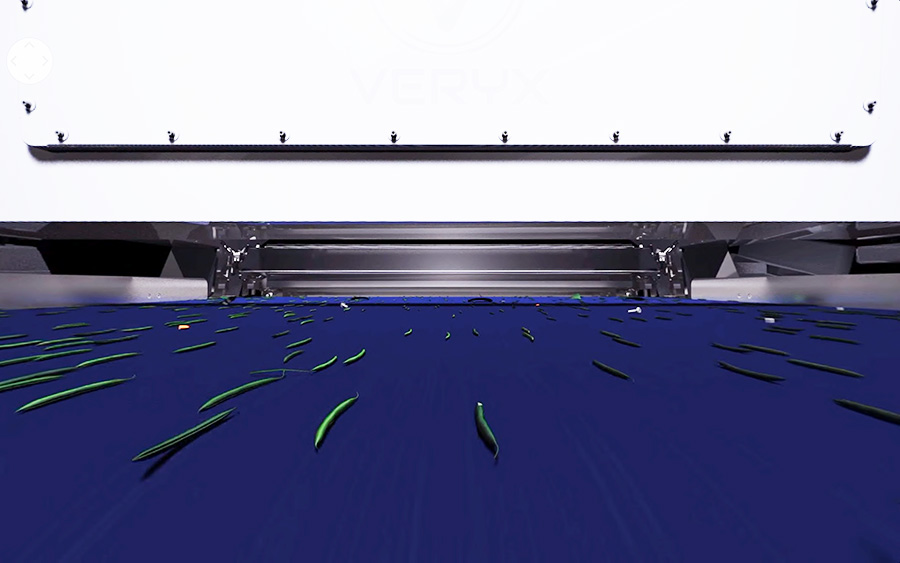
To further differentiate itself from its competitors, Cisco announced in fall 2021 the addition of AR to its Webex collaboration solution. Called Webex Hologram, the service supports photorealistic, real-time holograms of designs and prototypes to enhance virtual collaboration.
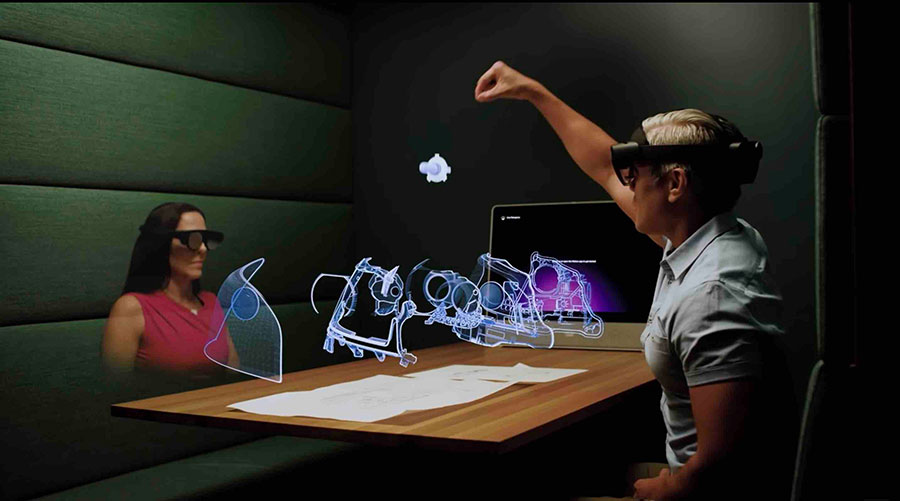
Visual Storytelling for the Visually Inclined
According to research compiled by OneSpot, 65% of people are visual learners, while 90% of the information that travels to the brain is visual. Infographics can increase website traffic by 12%, as well as forge deeper connections with your customers. These visual data representations help communicate content in an engaging and easy way.
SAP takes solution-focused webpages one step further by making its Partner Solution Progression page interactive. This dynamic design communicates key messages and value props, while inviting prospective and existing customers to click and learn more.
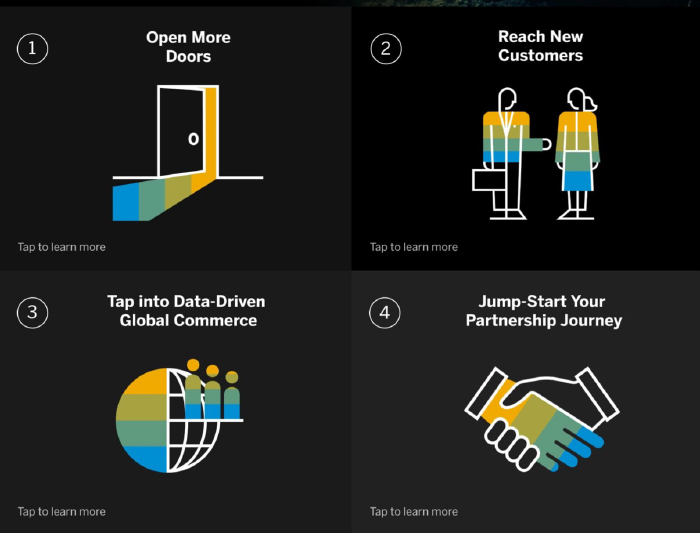
Imperva’s Are You SLAcking Off? asset also leans on experiential content to connect with users. This animated infographic entices SaaS customers to explore the various ways in which their site availability stacks up against their competitors.
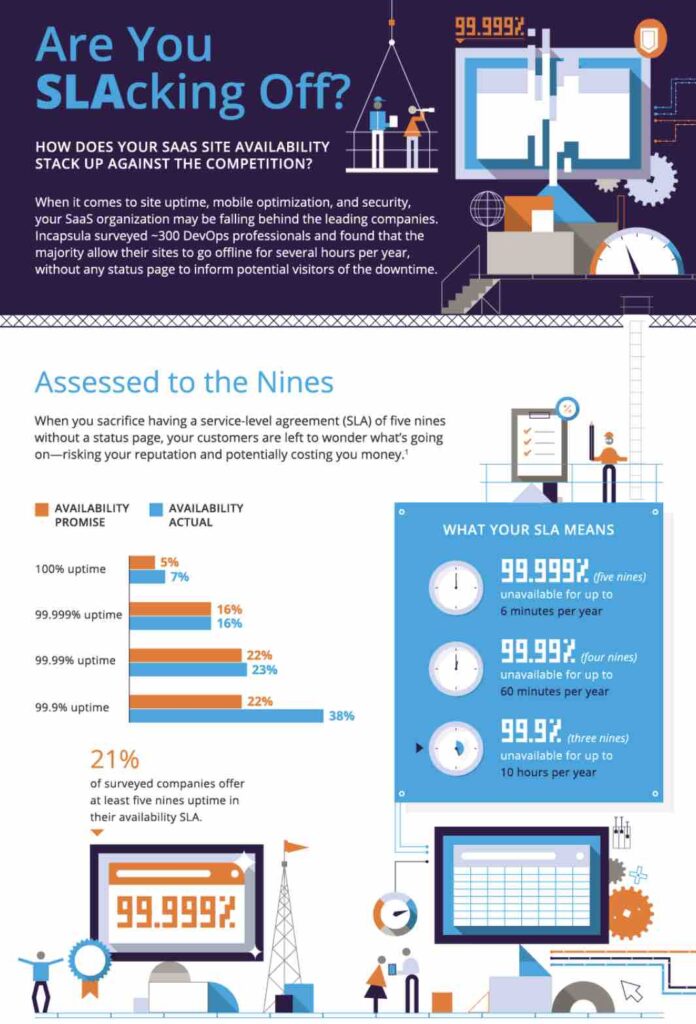
Immersive content example: Imperva infographic
Immersive Experiences That Support Users’ Decision-Making
Immersive experiences support better customer decision-making, according to a Ceros survey on immersive content:
- More than 1,000 marketing and design professionals said that “very effective” marketers are 60% more likely to use calculators to capture their customers’ attention and support them in their decision-making.
- They’re also 200% more likely to use data visualization and 300% more likely to develop interactive publications.
For example, Salesforce provides potential customers with a B2B commerce calculator that quickly figures out how much more revenue they’ll make using the company’s services.
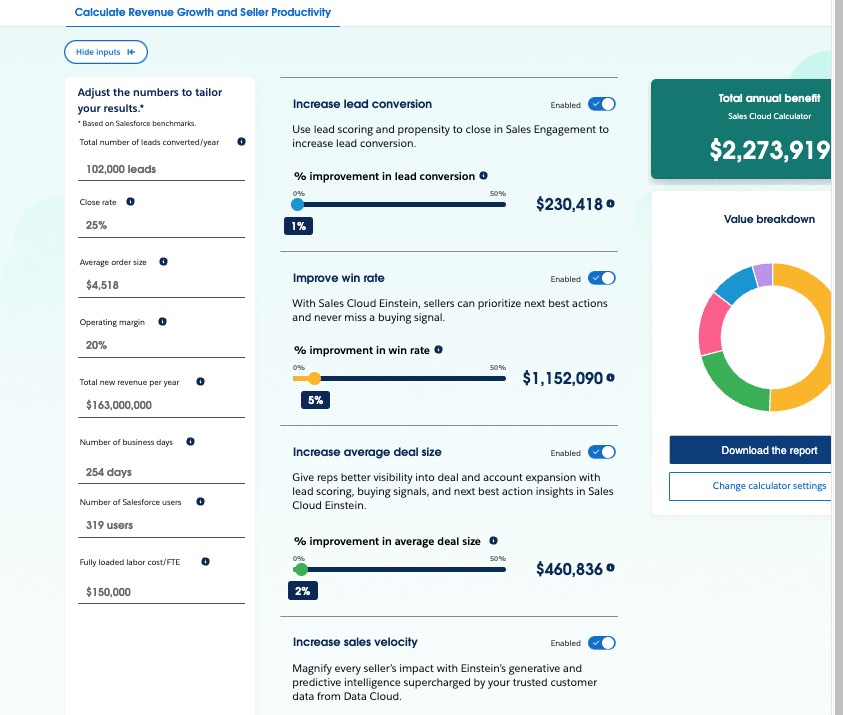
Make Rich Content That Meets Customer Needs
Whether it’s interactive calculators, data visualizations, or AR/VR, make sure the content marketing you create maps to the user journey. A content-rich, immersive experience that supports and enhances the customer experience will help generate leads, build customer loyalty, and increase your ROI.
Need Help Developing Immersive Content?
Tap Tendo’s content creation services to produce immersive content experiences that drive deeper connections with B2B audiences. Our expert content and UX team has helped some of the world’s leading B2B brands bring their stories to life. Let us know how we can support your needs and goals—contact us today.
First published May 20, 2022










